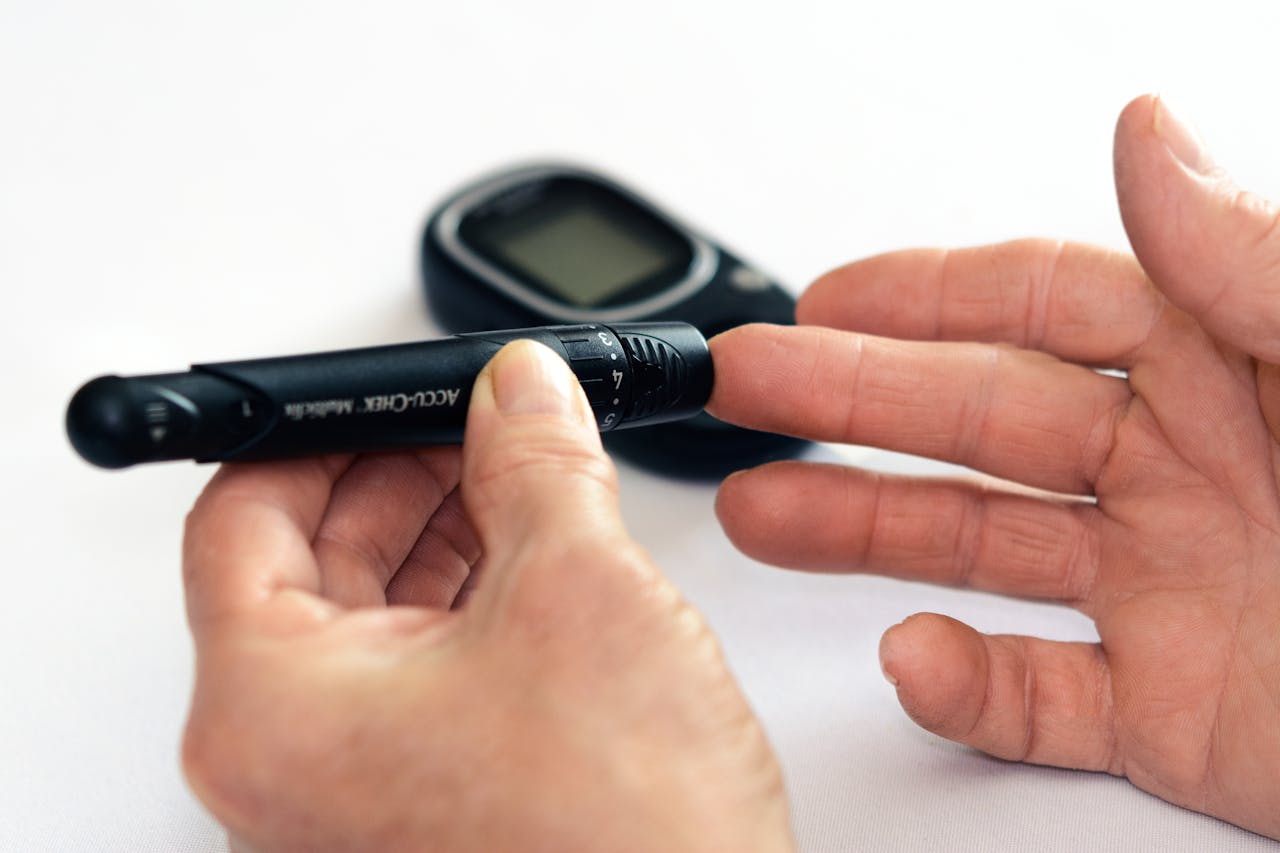On July 4, 2025, President Trump signed the One Big Beautiful Bill (OBBB). The bill makes sweeping changes to Medicaid, including a 15% cut to spending. This could affect thousands of patients, reducing access to care, increasing costs, and forcing many to lose coverage.
How the MAHA Strategy Could Change Your Prescription Costs
blogThe Make America Healthy Again (MAHA) strategy aims to cut drug costs through competition, transparency, and prevention. Secretary of Health and Human Services Robert F. Kennedy, Jr, leads this initiative, which focuses on promoting preventive care and reducing medication costs for as many people as possible. Preventing diseases, especially in children, is intended to alleviate strain on the healthcare system.
FDA Halts Sale of Off-Brand Ozempic
blogThe FDA has declared the shortage of Ozempic and similar medications to be over, a decision that ends the legal ability of compounding pharmacies to produce and sell off-brand versions. This change impacts patients who rely on semaglutide for diabetes or weight loss and also addresses the FDA’s repeated warnings about the safety risks and false labeling associated with these compounded products. Here’s what this means for you and what to do if you’re struggling to afford your medications.
Dupixent Now Approved for Chronic Spontaneous Urticaria
blogAs of April 2025, the Food & Drug Administration (FDA) has approved a medication called Dupixent for the treatment of chronic spontaneous urticaria. This biologic drug, generically known as dupilumab, has been used until now to treat atopic dermatitis, asthma, chronic rhinosinusitis with nasal polyps, and a few other conditions. Find out more about Dupixent and how it might help you below.
Will Drug Tariffs Backfire on Generic and Biosimilar Access?
blogGeneric and biosimilar products have long offered a more affordable alternative to brand-name medications. For many people, these options are the only way they can receive the prescriptions they need to treat chronic conditions such as diabetes and rheumatoid arthritis. Continue reading
The Trump Administration’s Impact on Drug Development
blogThe Trump administration has had a significant impact on many industries, including drug development. A primary focus has been on reducing drug prices, and a variety of strategies aim to accomplish that, like these new FDA regulations. In this blog, learn what exact steps the Trump administration has taken to transform these goals into reality.
Is the National Priority Voucher Good News for RX Costs?
blogThe drug approval process is a lengthy one that can take anywhere from months to years, but as the COVID-19 pandemic proved, it’s not always possible to wait that long for emergency or essential medications.
Why Orphan Drugs May Be Left Out of IRA Negotiations
blogOrphan drugs are medications created to prevent, diagnose, and treat rare diseases. According to the National Institutes of Health, rare diseases are those that affect about five in 10,000 people. Because these illnesses affect a relatively small number of people, pharmaceutical companies have not always been willing to spend time manufacturing medications to address them. Continue reading
New FDA Rules Could Raise Medication Prices & Slow Access
blogThe US Food and Drug Administration (FDA) has made sweeping changes recently to how it approves medications. This comes on the heels of a reduction in the workforce with thousands laid off.
State-by-State Divide Over GLP-1 Medicaid Coverage
blogGlucagon-like peptide-1, known as GLP-1, is a hormone that the body naturally makes to regulate digestion, blood sugar, and appetite. For years, people with type 2 diabetes have relied on a synthetic version of the hormone, called a GLP-1 agonist, to help them manage their symptoms and maintain normal blood sugar levels.









